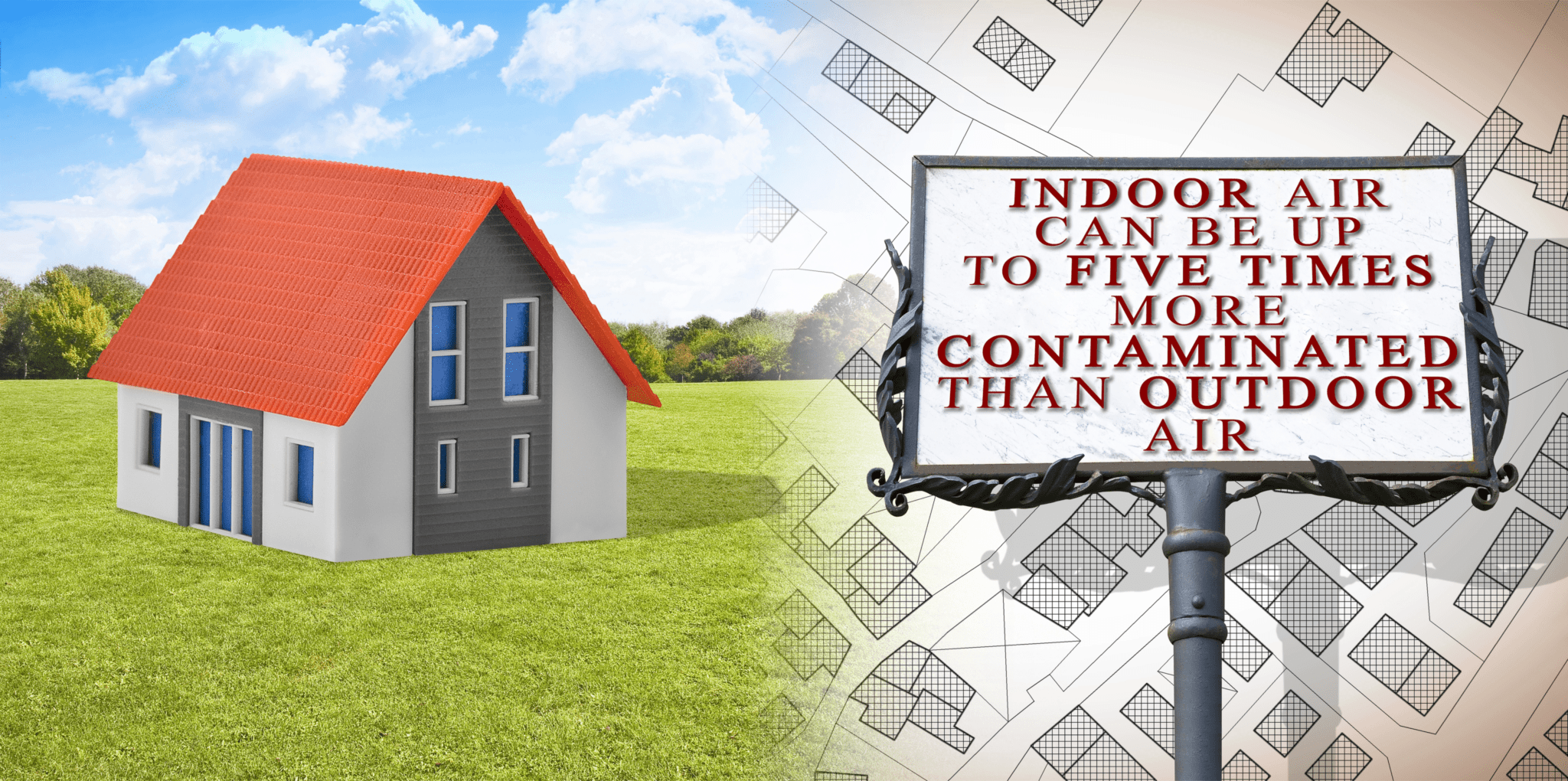
How To Improve Indoor Air Quality
No one wants to step outside and breathe in dirty or polluted air, and the same goes for polluted air inside your home. The unfortunate truth is that indoor air quality is actually a pretty frequent problem, with all sorts of different pollutants posing legitimate health risks to you and your household. Luckily, despite indoor pollutants being fairly frequent and risky for your health, the quality of air indoors can be improved, as long as you have the proper resources.
Common Indoor Air Pollutants
Before we get into prevention and elimination, we’re going to first focus on actually identifying common pollutants because information and identification is the first step in actually knowing that you need to take action to begin with. The EPA lists 7 main groups of pollutants that most frequently act as indoor air pollutants:
- Fuel burning combustion appliances, like space heaters, ovens, stoves, furnaces, fireplaces, water heaters, and clothing driers.
- Tobacco products.
- Building materials, including deteriorating home insulation, newly installed flooring and carpeting, and cabinets and furniture made of certain pressed woods.
- Household cleaning products and personal care products.
- Central heating and cooling systems.
- Radon, pesticides, and other pollutants from outdoors.
- Excess amounts of moisture
These pollutants are not all created equal; for example, a small amount of indoor pollution created by household care products are not as worrisome or harmful as asbestos being released into the air by deteriorating insulation. Still, any risk of indoor air pollution is something you want to be mindful of, especially in the long-term.
Health Risks of Indoor Air Pollutants
Effects of indoor air pollution differ depending on the period of exposure and the type of pollutant, but broader health effects can be broken into two categories: short-term and long-term.
Short-term Effects: In the short term, signs of exposure can include irritation of the eyes, throat, and nose, fatigue, dizziness, and headaches. These may be hard to differentiate from simple allergies, but if multiple people in your household frequently show these symptoms, it’s important you seek treatment as soon as possible.
Long-term Effects: A longer period of pollutant exposure can have much more obvious- and severe- side effects. Conditions such as asthma and even more worrisome conditions like heart disease can appear if pollutant exposure goes on for a long period of time.
Improving Indoor Air Quality
Thus far this may all sound very worrisome, both because pollutants can be so difficult to spot and because the consequences of bad indoor air quality can become so dire. Luckily, there are quite a few fixes that can help eliminate worrisome pollutants from your home:
- Air Filters: Air filters come in a few different types, and if properly installed, they can do an excellent job of removing dust, allergens, bacteria, and other threatening pollutants from the air. Some are capable of removing over 99% of these pollutants.
- Humidifiers and Dehumidifiers It may seem a little unusual that both a humidifier and dehumidifier can help improve indoor air quality, but it’s true! Depending on the time of year and condition of your home, things may be too dry, or too moist; either of these scenarios can allow different types of pollutants to thrive, which can ultimately impact health in different ways. Both a humidifier and dehumidifier can condition your home to be more neutral- not too humid, not too dry- which limits pollutants.
- Keeping Ducts Clean: Pollutants and particulate matter can build up in your ductwork over time, turning your system into a hotbed for molds, bacteria, fungus, mildew, and other microbes. These pollutants can then be pushed out and circulated throughout your home, possibly causing health issues and discomfort for your family. Making sure you consistently have your ducts professionally cleaned can help reduce the risks of inhaling these pollutants, or of these pollutants existing in your home at all!
- Vent Maintenance: Even if your vents are clean, that doesn’t always mean that they’re secure. If your ventilation system has a breach, outdoor pollutants can get inside and not be circulated appropriately out of the home. Regular maintenance is a good idea to ensure everything is working correctly; it’s best to be extra-cautious when it comes to the air quality in your home.
Where Can I Get These Services?
Appolo Heating offers all of these solutions to protect your family’s indoor air quality. Our factory-trained, certified employees have the experience and skill set to identify any indoor air quality problems you may be encountering and the resources and expertise to deploy the proper solution. When it comes to ensuring the safety of your home’s air quality, play it safe and contact the professionals!
